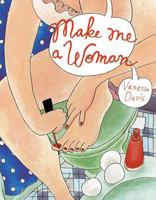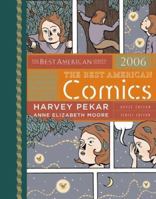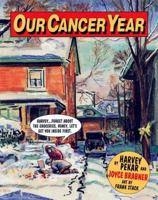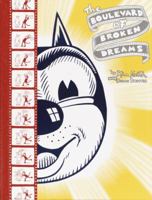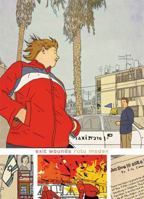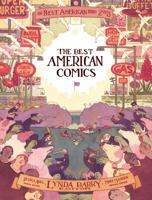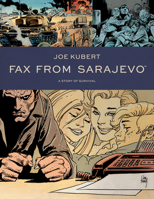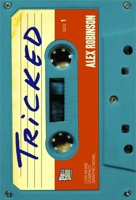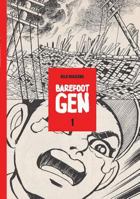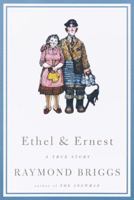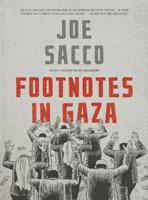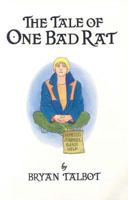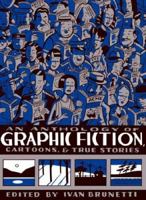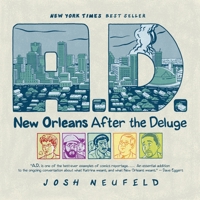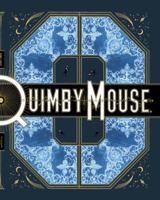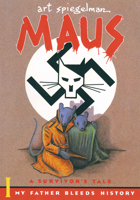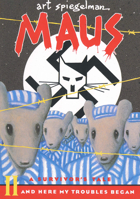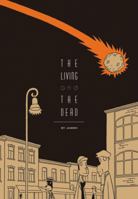In the Shadow of No Towers
Select Format
Select Condition 
Book Overview
You Might Also Enjoy
Customer Reviews
Rated 5 starsGreat Graphic Representation
For anyone frustrated by our nation's response to 9/11, this book is a fresh and welcome perspective. Spiegelman captures the confusion and disbelief felt that day by anyone who witnessed the terrible tragedy of the destruction of the World Trade Center. He also includes a history lesson about how comics relate to journalism. From the author of Maus, and Maus II, here is another graphic masterpiece.
0Report
Rated 5 starsAn Extraordinary Chronicle Of Our TIme
I was deeply moved by Art Spiegelman's "In The Shadow Of No Towers" before I even opened the book. As a Manhattanite, the World Trade Center's twin towers used to be my New York City lodestone. With my lousy sense of direction, I always knew where I was by marking my location in relation to the two buildings, soaring skyward, so visible above everything else. Even now, three years after 9/11, I sometimes forget and look towards...
0Report
Rated 5 starsA 9/11 Eyewitness
A couple days ago I had the pleasure of seeing Art Spiegelman at a lecture/signing. Despite the fact that I was exhausted from a long day at work, I was pleased to find that Mr. Spiegelman is a highly entertaining speaker. During the hour he spoke on his new book, In the Shadow of No Towers, I was completely absorbed. Needless to say, the book itself is excellent. It's oversize format mirrors the size of a newspaper as...
0Report
Rated 5 starsPure Catharsis
Art Spiegelman's In the Shadow of No Towers came out yesterday. I've been waiting for this release for over a year, and made it a point to head up to our local Barnes and Noble to buy it straightaway. Got home with it and put it aside, I had my own strip to pencil, but once I got the pencilling done, I picked up Spiegelman's book and began reading. These pages were originally published in broadsheet format, and that format...
0Report













